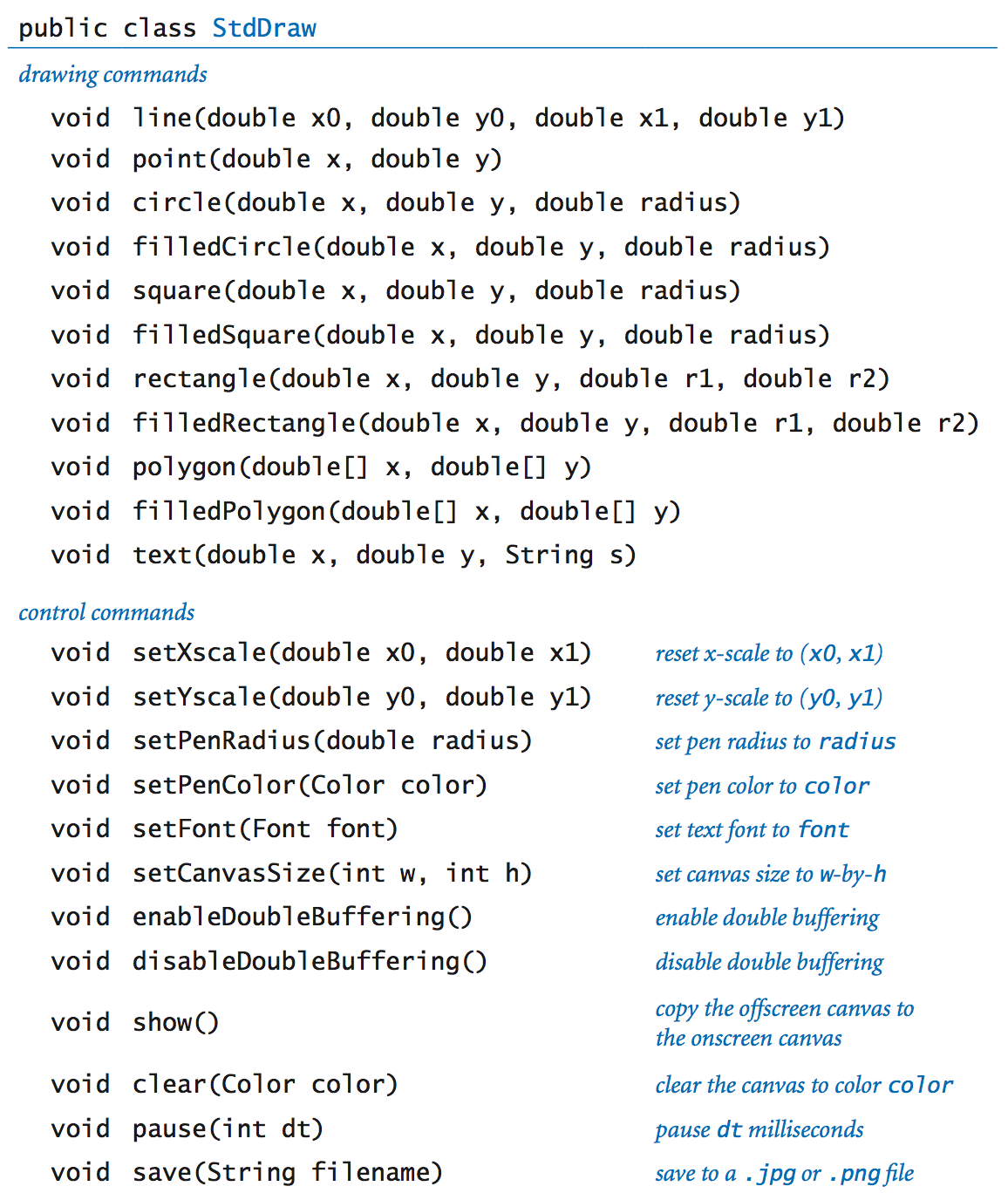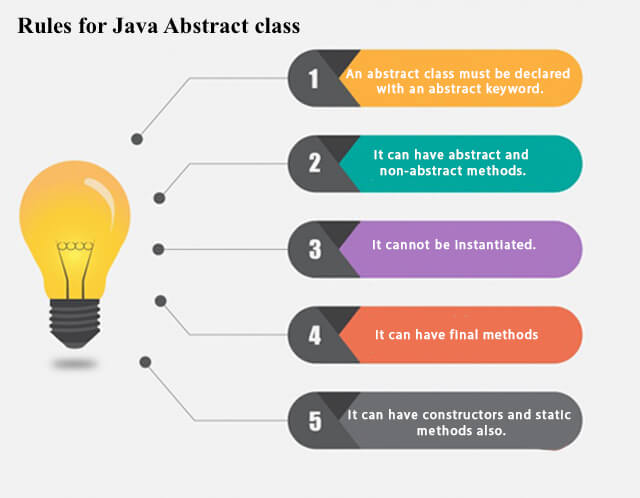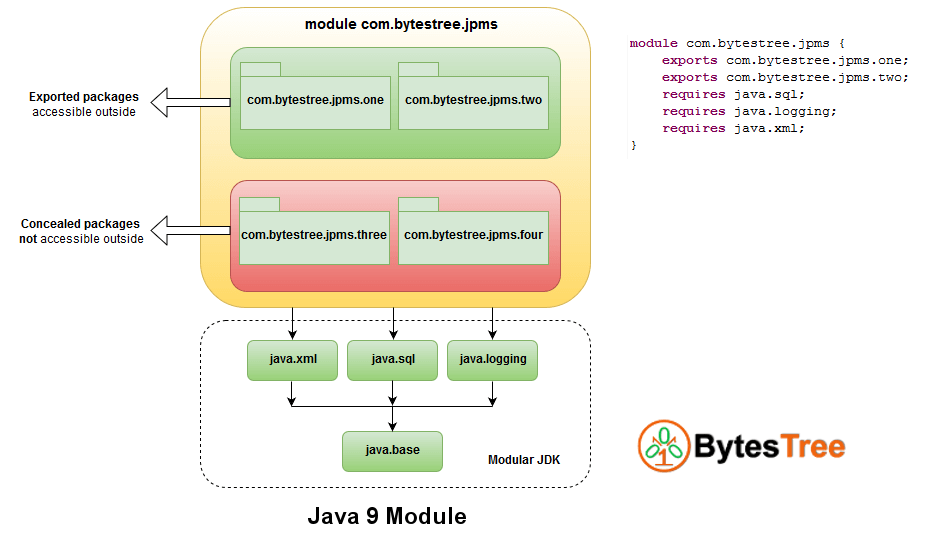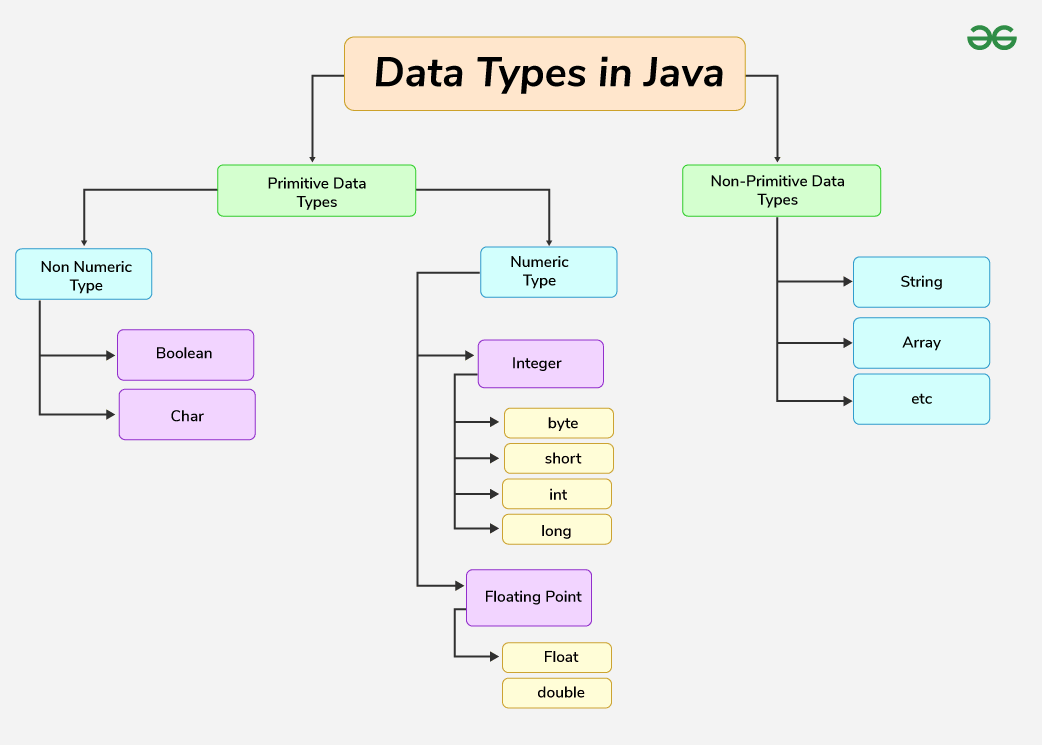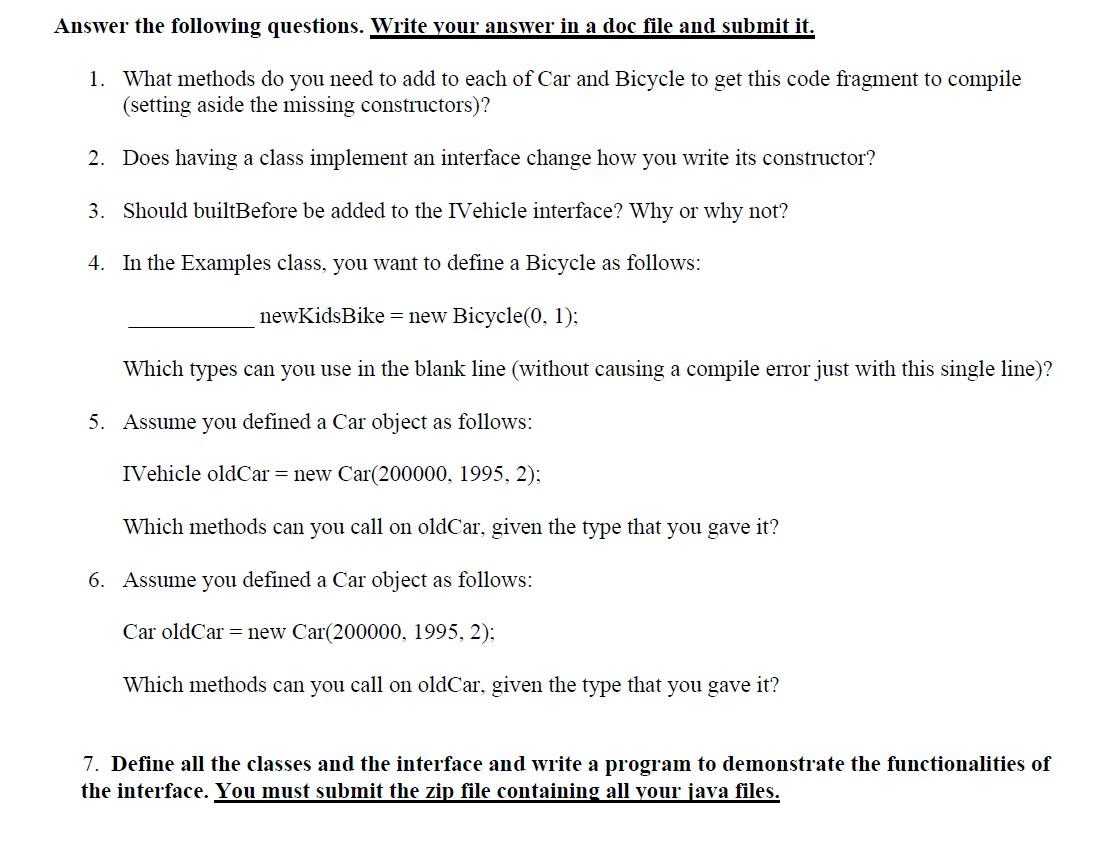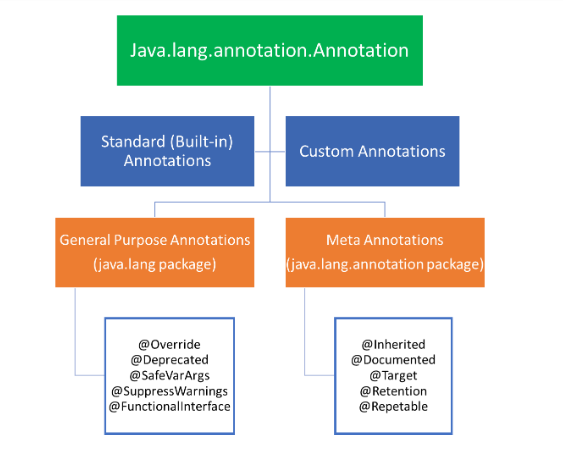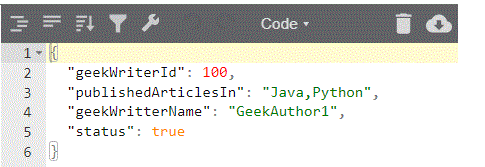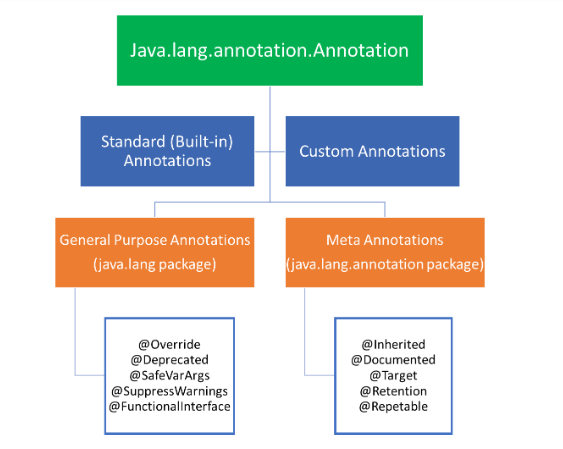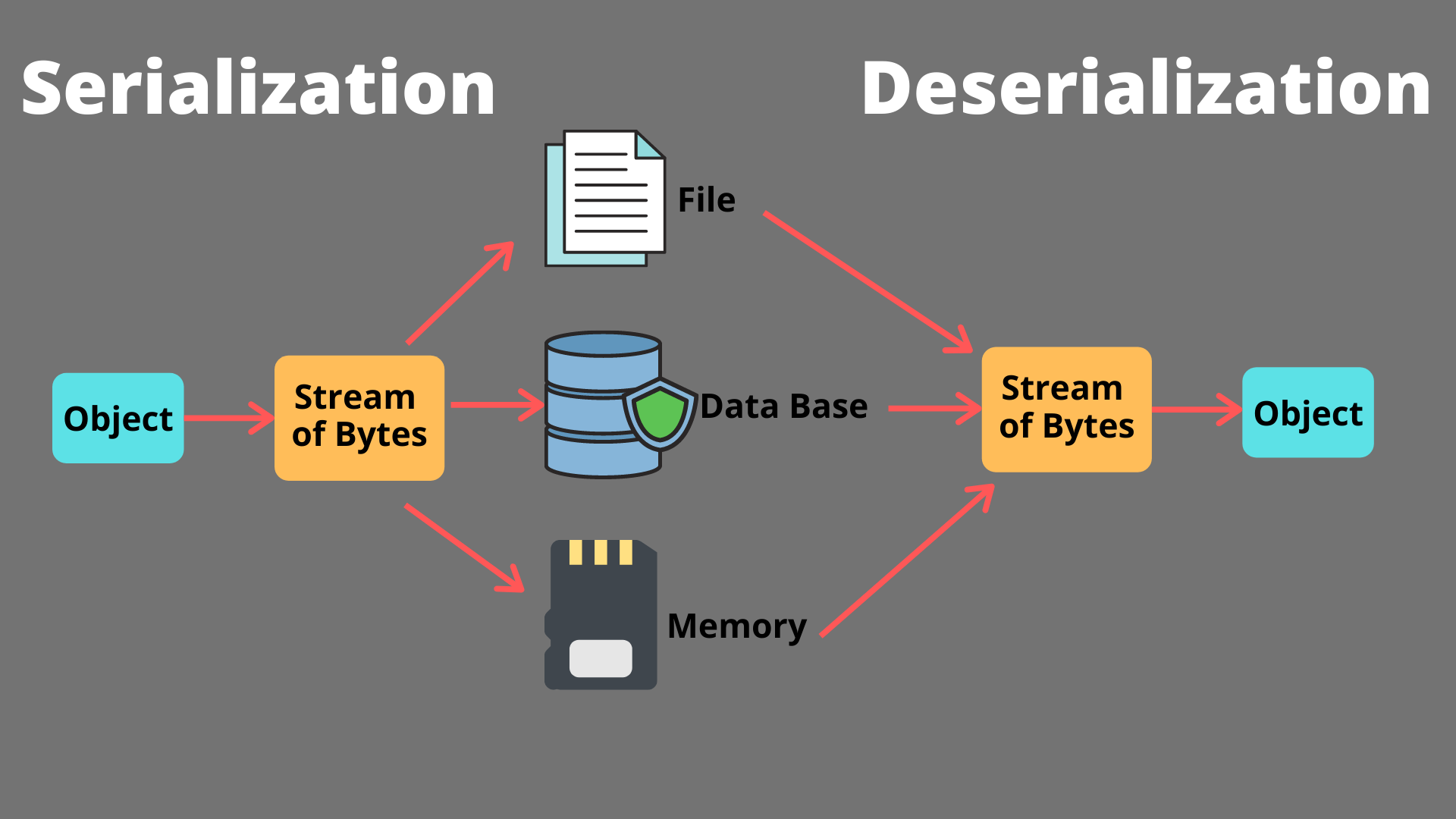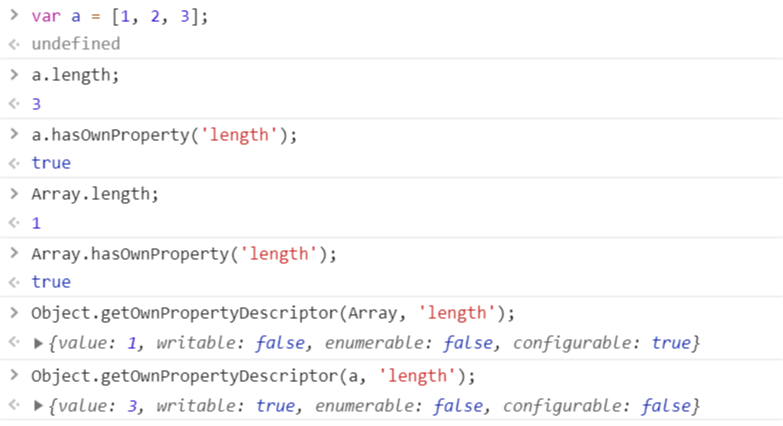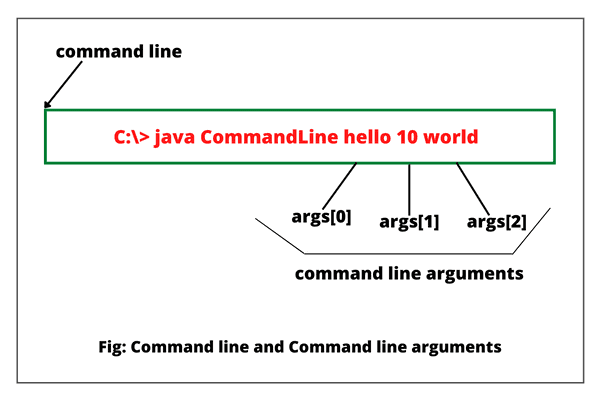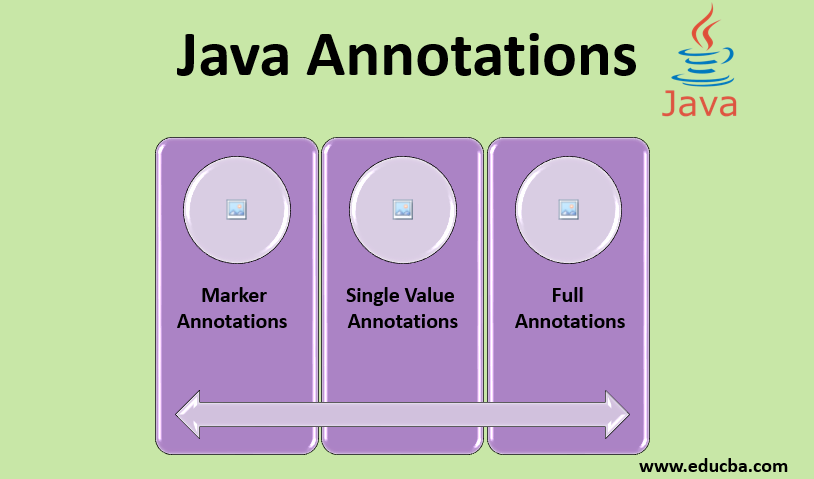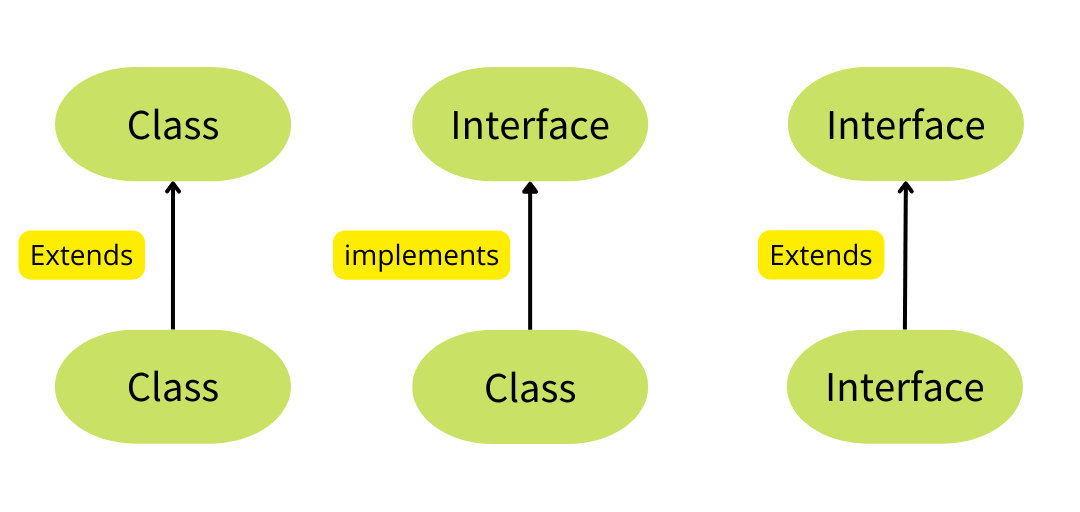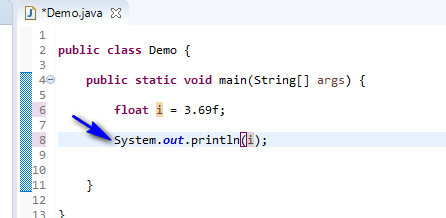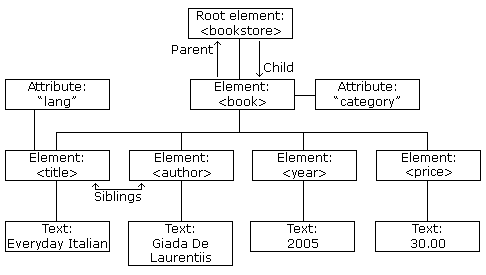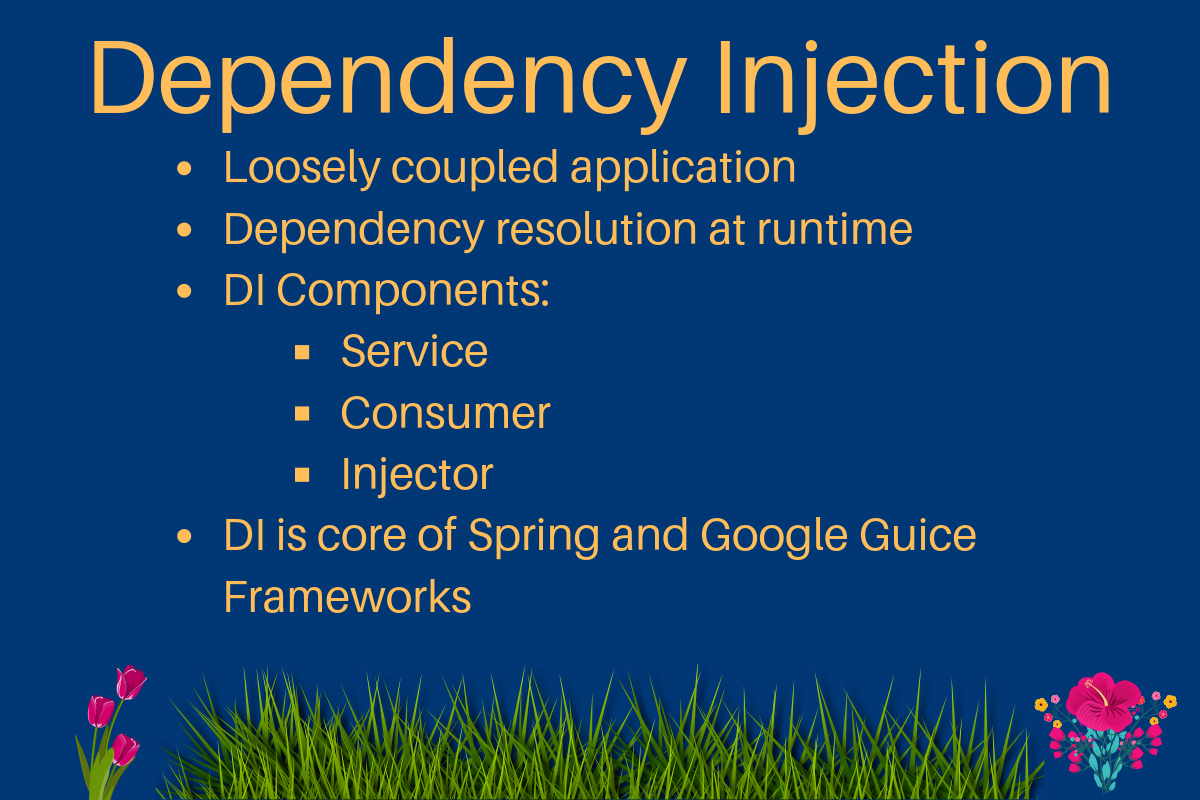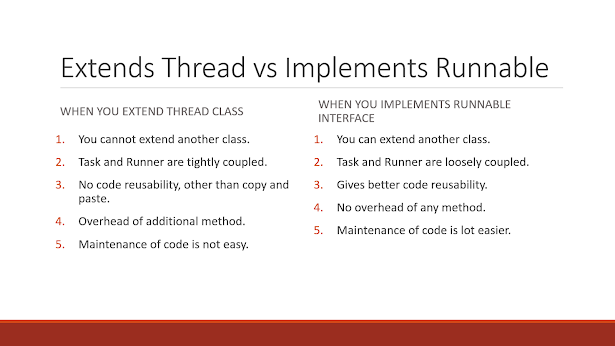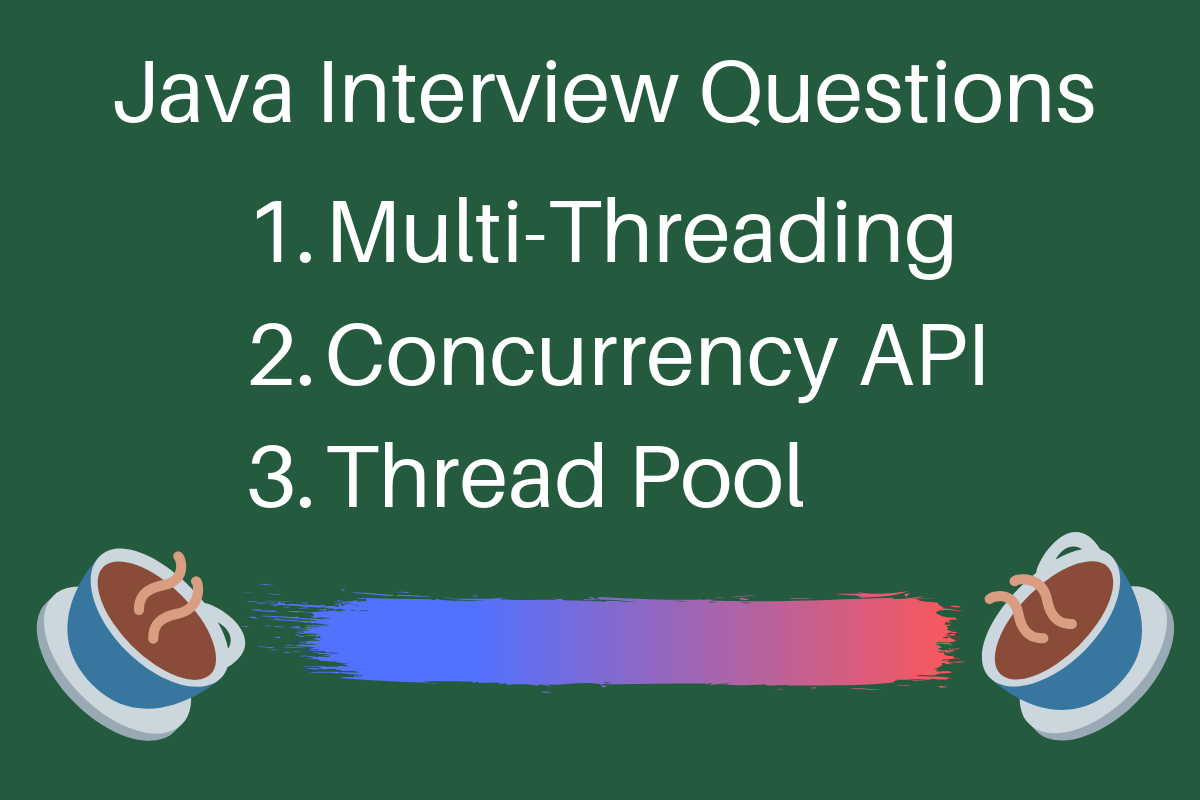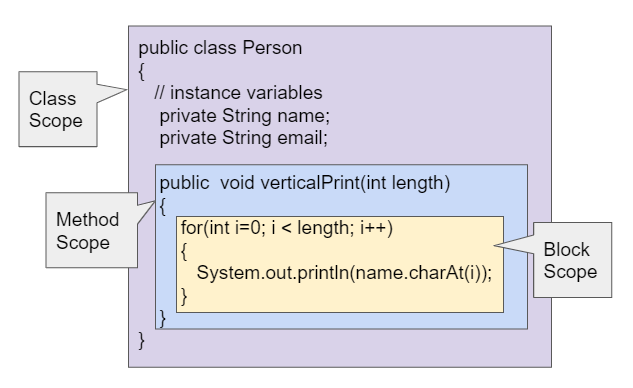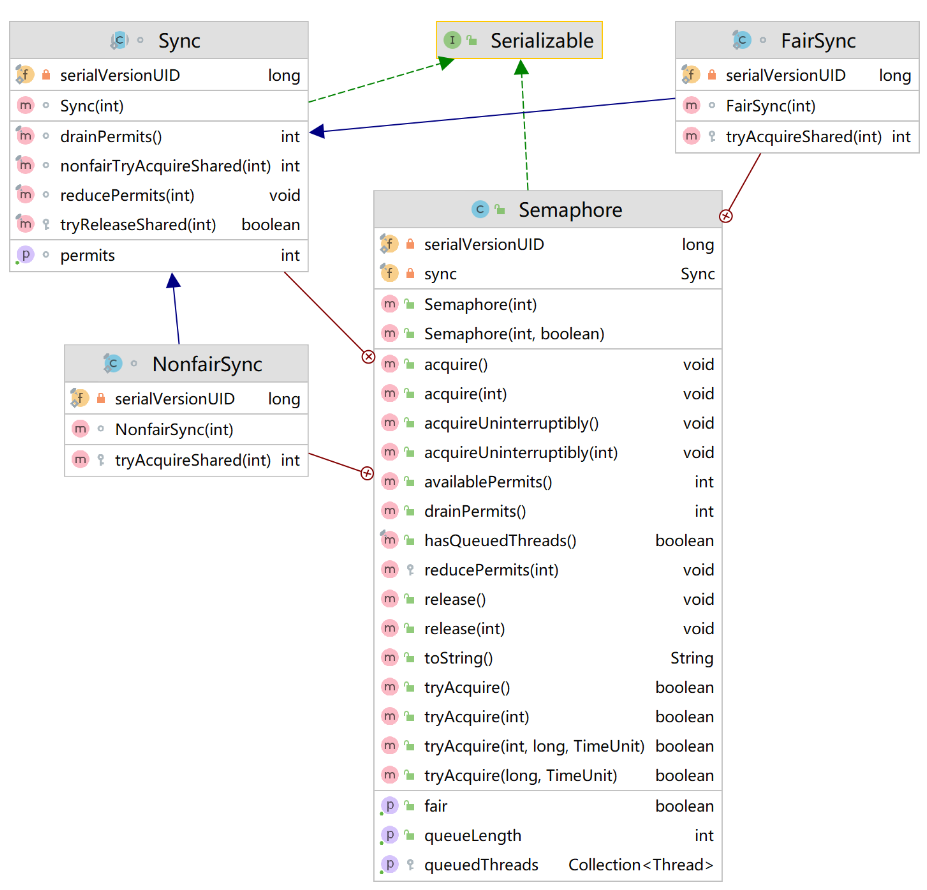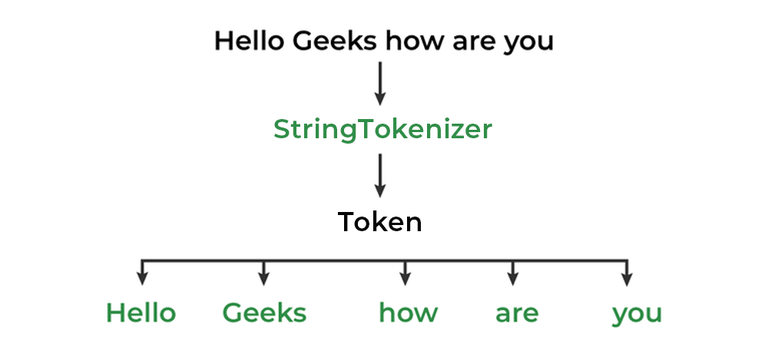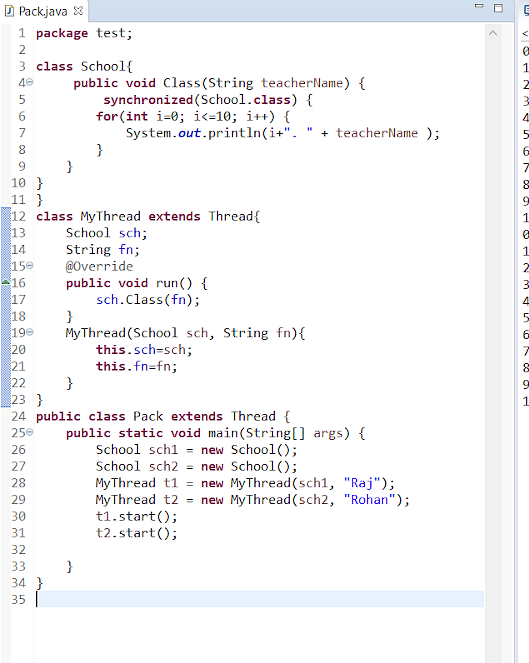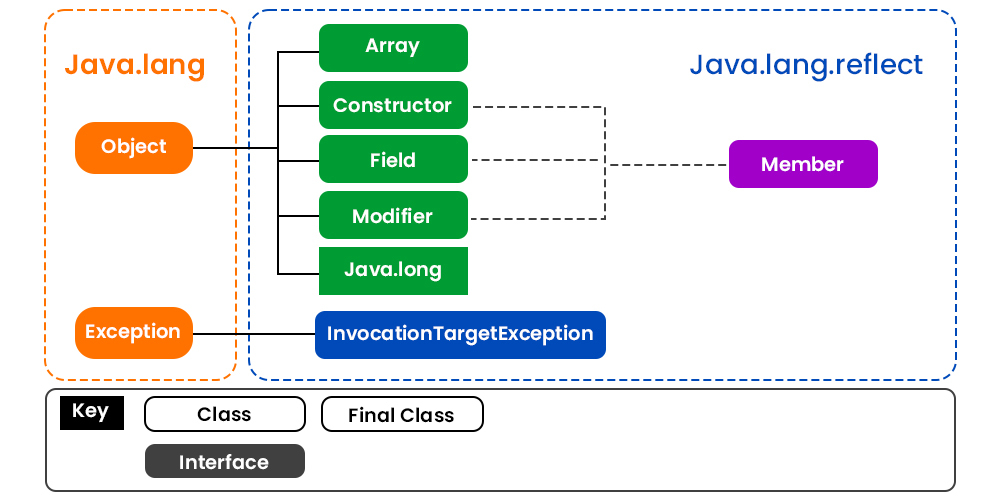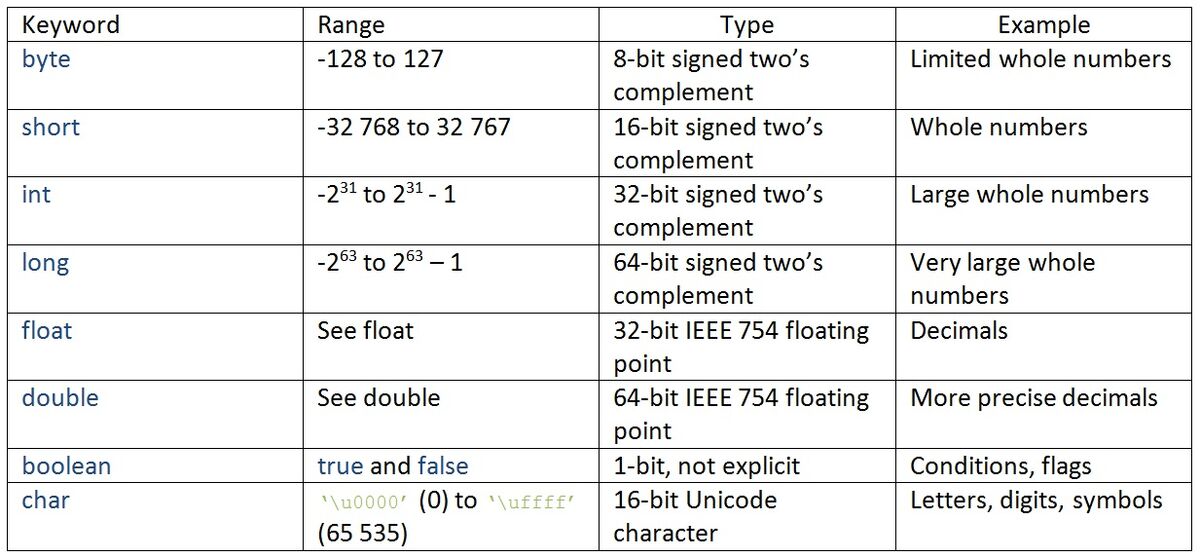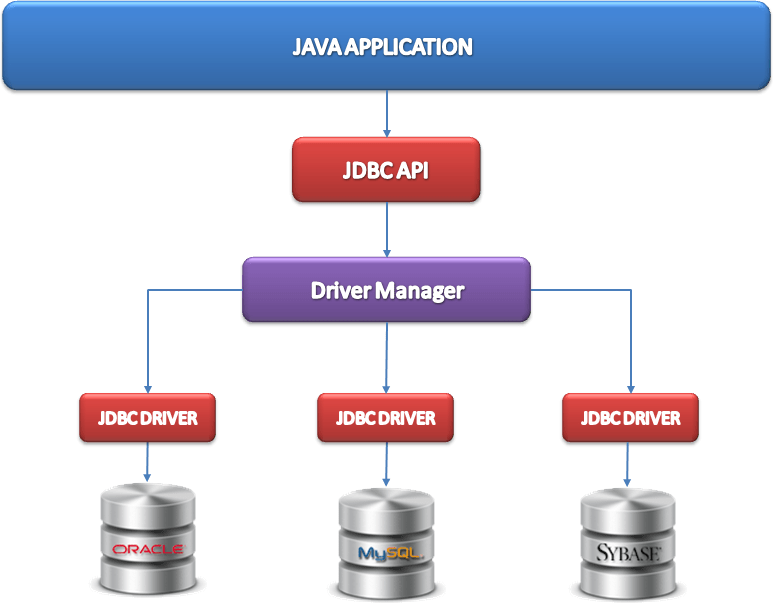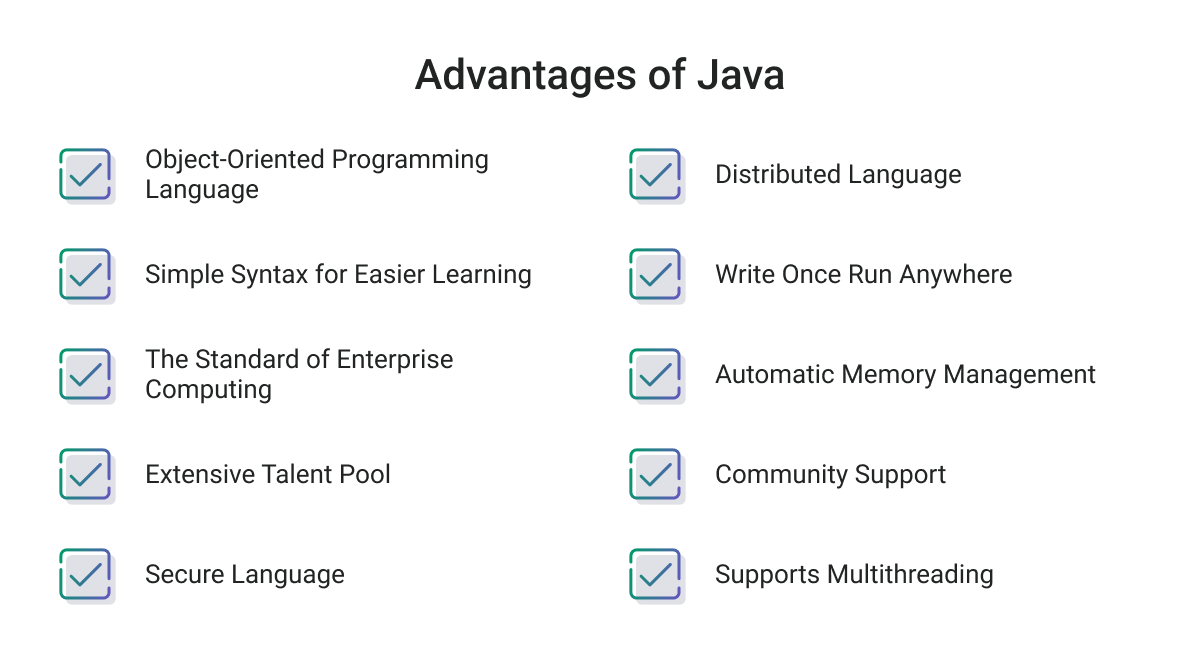Java ForkJoinPool example
Java ForkJoinPool example
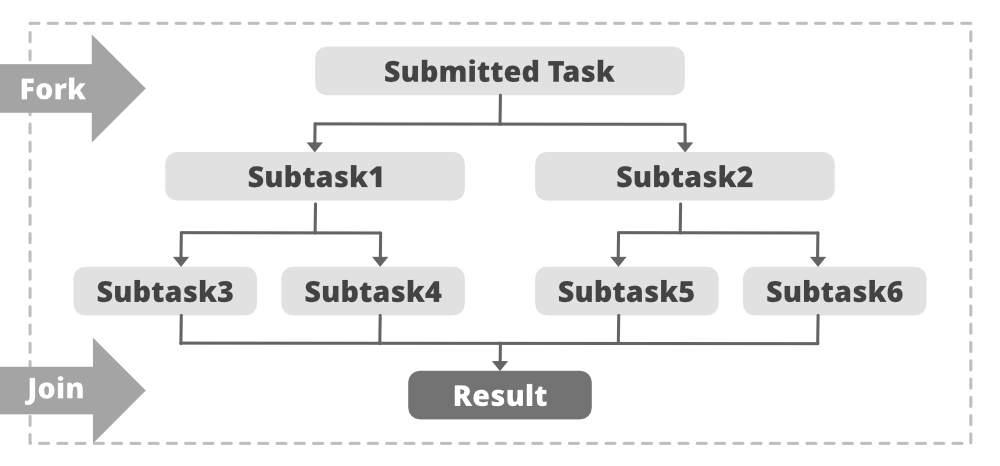
Here is an example of using the ForkJoinPool class in Java to execute a set of tasks concurrently:
import java.util.ArrayList;
import java.util.List;
import java.util.concurrent.ForkJoinPool;
public class ConcurrentTaskExample {
public static void main(String[] args) throws InterruptedException {
int numTasks = 10; // number of tasks to run concurrently
// Create a ForkJoinPool with the specified number of threads
ForkJoinPool pool = new ForkJoinPool(numTasks);
// Create a list to store the tasks
List tasks = new ArrayList<>();
// Create and add tasks to the list
for (int i = 0; i < numTasks; i++) {
MyTask task = new MyTask("Task " + i);
tasks.add(task);
}
// Submit all tasks to the pool
for (MyTask task : tasks) {
pool.submit(task);
}
// Wait for all tasks to complete
pool.awaitTermination(1, TimeUnit.SECONDS);
// Print the results of each task
for (MyTask task : tasks) {
System.out.println("Result: " + task.getResult());
}
}
}
class MyTask extends RecursiveAction {
private String name;
public MyTask(String name) {
this.name = name;
}
@Override
protected void compute() {
// Do some work...
try {
Thread.sleep(1000); // simulate some computation time
} catch (InterruptedException e) {
return; // interrupt the task if it's interrupted
}
// Get the result of the task
int result = doSomeComputation();
this.setResult(result);
}
private int doSomeComputation() {
// Simulate doing some computation...
return name.length();
}
public int getResult() {
return this.result;
}
private int result;
protected void set(int result) {
this.result = result;
}
}
In the example above, we create a ForkJoinPool with a specified number of threads (numTasks). We then create a list of tasks to run concurrently. Each task is an instance of the MyTask class, which extends the RecursiveAction class provided by the Java Concurrency API.
The compute() method in each MyTask instance represents the work that needs to be done. In this example, we simulate some computation time using Thread.sleep(1000) and then get the result of the task by calling a private method (doSomeComputation()) which returns an integer value.
We submit all tasks to the pool using the submit() method and wait for them to complete using the awaitTermination() method. Once all tasks have completed, we print the results of each task using their getResult() methods.
In this example, the ForkJoinPool takes care of managing the threads, creating a pool of worker threads that execute the tasks concurrently. The tasks themselves are executed in parallel, with the compute() method running on one thread or another. This allows us to achieve concurrency and improve overall system throughput without having to write complex multithreading code.
This is just an example, but the concept can be applied to real-world scenarios where you have a set of computationally intensive tasks that need to be run concurrently.
When to use forkjoin in java interview questions
I'll make sure to respond in English for you.
When it comes to Java interview questions, ForkJoinPool and RecursiveTask (or RecursiveAction) are often asked together. So, let's dive into the details!
What is ForkJoinPool?
The ForkJoinPool class is part of the Java Concurrency API and is designed for executing parallel tasks that can be executed independently or in a recursive manner. It provides a way to manage threads more efficiently when dealing with large-scale computations or data processing.
A ForkJoinPool allows you to create and manage multiple threads concurrently, making it easier to write code that takes advantage of multi-core processors. This is particularly useful for tasks that can be divided into smaller subtasks, which can then be executed in parallel.
What are RecursiveTask and RecursiveAction?
RecursiveTask and RecursiveAction are both classes from the Java Concurrency API. They serve as base classes for tasks that need to execute recursively. Both classes have a similar structure:
RecursiveTask<T> or RecursiveAction. It defines a compute() method that performs the necessary computations.
The key difference between these two classes is that RecursiveTask returns a result, while RecursiveAction does not.
When to use ForkJoinPool?
Use a ForkJoinPool when you have a task that:
ForkJoinPool and either RecursiveTask or RecursiveAction are designed for this purpose.
Example scenarios:
Data processing: Imagine you need to process large datasets (e.g., image filtering, data compression). You can useForkJoinPool to divide the dataset into smaller chunks, execute them concurrently using multiple threads, and then combine the results. Mathematical computations: Need to perform complex mathematical calculations that can be executed independently? Use ForkJoinPool to break down the calculation into smaller subtasks and run them in parallel. Game development: Imagine building a game with complex AI logic or physics simulations. You can use ForkJoinPool to execute AI decisions or physics calculations concurrently, making your game more responsive.
Common pitfalls:
Overusing threads: Be mindful of the number of threads you create, as excessive thread creation can lead to performance issues. Incorrect usage of RecursiveTask and RecursiveAction: Make sure you understand when to use each class and ensure that your recursive task or action is properly handled.In conclusion:
When interviewers ask about ForkJoinPool in Java, they're looking for your understanding of concurrency, parallel processing, and recursion. Be prepared to explain the benefits and use cases for ForkJoinPool, as well as the differences between RecursiveTask and RecursiveAction. With this knowledge, you'll be well-equipped to tackle complex programming challenges!

